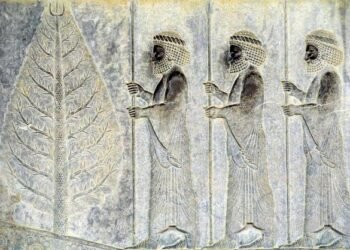Cinema and theater stand as shimmering portals through which humanity explores the depths of imagination and emotion. From the silver screen to the stage, these art forms have captivated audiences for generations, offering glimpses into the human experience that transcend time and place. In this article, we delve into the enchanting realm of cinema and theater, exploring their evolution, impact, and enduring allure.
- The Birth of Cinema and Theater: The origins of cinema and theater trace back to ancient civilizations, where storytelling and performance served as vital means of expression and entertainment. From the Greek tragedies of Sophocles and Euripides to the shadow plays of ancient China, early forms of theater laid the groundwork for the dramatic arts as we know them today. Similarly, the invention of the motion picture camera in the late 19th century gave birth to the magical world of cinema, forever altering the way stories are told and experienced.
- The Art of Storytelling: At their core, cinema and theater are vehicles for storytelling, weaving narratives that illuminate the human condition and provoke thought and emotion. Through the lens of the camera or the spotlight on stage, filmmakers and playwrights bring characters to life, inviting audiences to embark on journeys of discovery, empathy, and reflection. Whether through epic sagas or intimate character studies, storytelling in cinema and theater has the power to transcend language and cultural barriers, uniting audiences in shared experiences and universal truths.
- The Intersection of Art and Technology: As technology advances, so too does the art of cinema and theater. From the pioneering special effects of Georges Méliès to the groundbreaking innovations of filmmakers like Steven Spielberg and James Cameron, technological advancements have expanded the creative possibilities of storytelling, allowing filmmakers and theater artists to push the boundaries of imagination and visual spectacle. Moreover, the rise of digital streaming platforms and virtual reality experiences has transformed the way audiences engage with cinema and theater, offering new avenues for exploration and immersion.
- The Impact of Cinema and Theater: Beyond mere entertainment, cinema and theater wield immense influence as vehicles for social commentary, cultural reflection, and political expression. From classic films like “Casablanca” and “Gone with the Wind” to contemporary stage productions like “Hamilton” and “The Book of Mormon,” these art forms have the power to provoke dialogue, challenge perceptions, and inspire change. Moreover, cinema and theater serve as platforms for diverse voices and perspectives, amplifying stories that might otherwise go unheard and fostering greater understanding and empathy among audiences.
- The Enduring Allure: Despite the rise of digital media and streaming services, the allure of cinema and theater remains as strong as ever. There is something inherently magical about the communal experience of watching a film in a darkened theater or witnessing a live performance unfold on stage. Whether it’s the thrill of a blockbuster action sequence, the poignancy of a heartfelt drama, or the laughter of a comedy, cinema and theater continue to captivate and enchant audiences around the world, reminding us of the enduring power of storytelling and the boundless possibilities of human creativity.
As we journey through the glittering world of cinema and theater, we are reminded of the profound impact these art forms have had on the human experience. From the humble beginnings of storytelling around the campfire to the dazzling spectacles of modern cinema and theater, the essence of what makes us human—our capacity for imagination, empathy, and expression—is captured and celebrated. As we continue to explore the ever-evolving landscape of cinema and theater, we are invited to revel in the magic of storytelling and the transformative power of the arts.










































